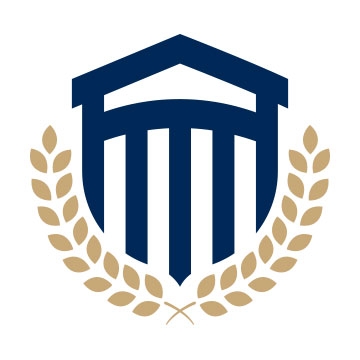How to Become a Wind Turbine Technician in Missouri

Missouri’s renewable energy sector is growing quickly, and wind power is a major driver. For those looking to enter a high-demand trade with strong pay and clear career growth, becoming a Wind Turbine Technician offers an excellent path. This guide answers the most common questions about training, certification, job opportunities, and salaries for wind turbine technicians in Missouri.
How to Get a Wind Turbine Technician Certification
- Complete an accredited program in wind energy or related fields
- Obtain safety and technical certifications (GWO, OSHA, or NABCEP)
- Maintain credentials through continuing education and periodic renewals
Career Paths and Opportunities after Becoming a Wind Turbine Technician
Wind Turbine Technicians in Missouri can move into roles such as:
- Maintenance Technician – Ongoing turbine inspections and repairs
- Installation Technician – Assembling and setting up turbines
- Field Service Technician – Traveling to troubleshoot and service turbines on-site
- Quality Control Technician – Inspecting components for safety and efficiency
- Supervisory Roles – Leading technician teams and managing projects
- Consulting/Entrepreneurship – Offering independent services to turbine operators
Salary and Job Outlook
Salary:
- Wind Turbine Technicians in Missouri earn an average of $69,960 per year (BLS, May 2024).
Job Outlook:
- Employment is projected to grow 60% from 2023 to 2033 (BLS).
FAQs
What qualifications do I need to be a Wind Turbine Technician?
Wind turbine technicians typically need a certificate or associate degree in wind energy technology (BLS). Missouri employers may also prefer GWO safety certification and physical fitness for tower climbing.
How much does a Wind Turbine Technician make in Missouri?
Wind turbine technicians in Missouri earn about $69,960 per year (BLS, May 2024).
Final Thoughts
With strong pay, short training timelines, and exceptional job growth, wind turbine technology offers a future-proof career in Missouri’s renewable energy industry. Start by comparing accredited programs through Dreambound to take your first step toward becoming a certified Wind Turbine Technician.
Dreambound can help you compare accredited programs, understand certification steps, and plan your career path.
If you're considering a shift in your career, browse through these articles:

Winlynd Caballero is a member of Dreambound's Sales team. She helps in handling the company's finullcial transactions, generating reports, and school sales. Beyond her responsibilities in the realm of numbers and business, Winlynd finds herself deeply immersed in a world of art and music.




